Ferrari F80 Vs McLaren W1: All The Key Statistics
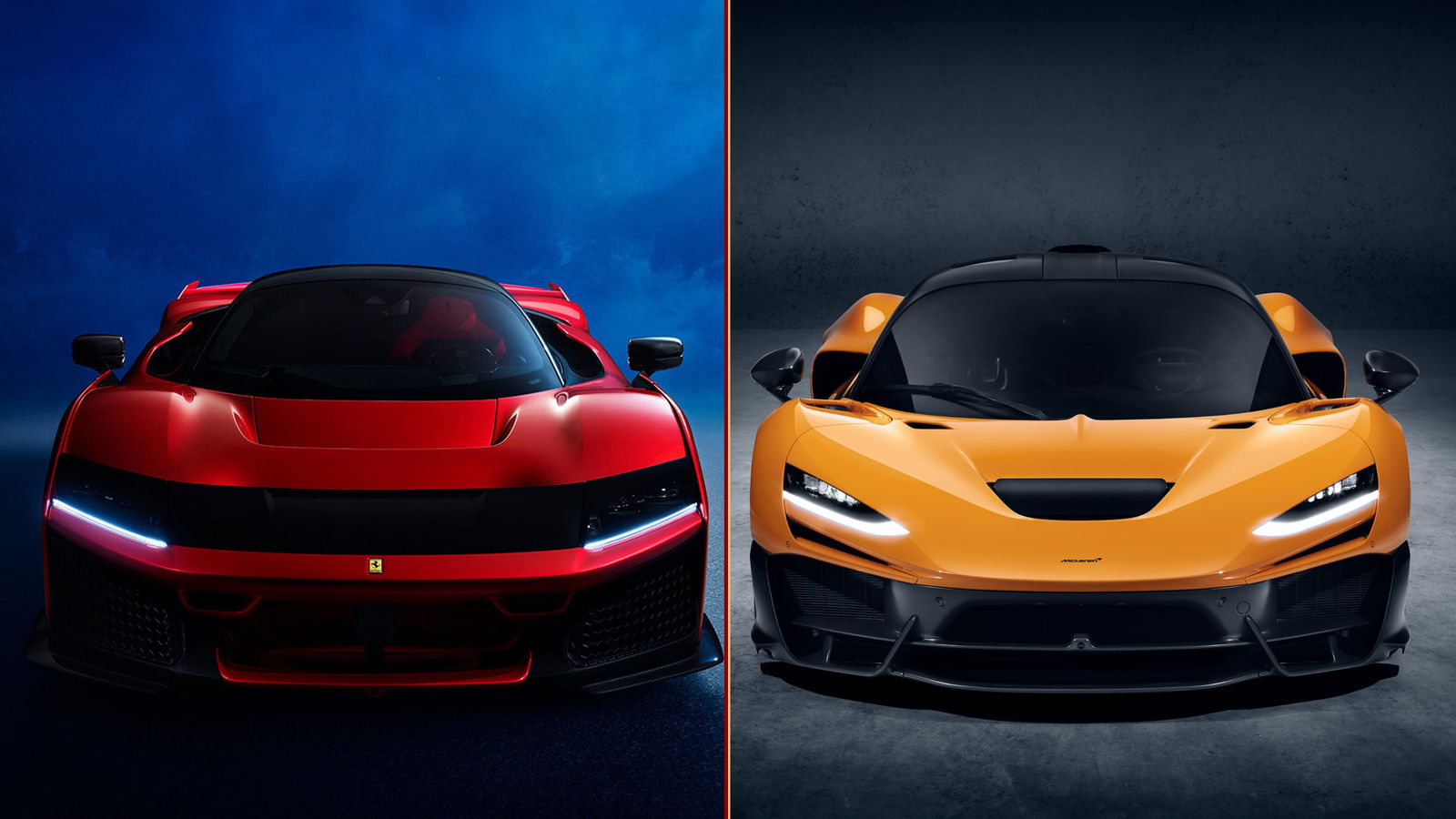
You know that old saying about buses? Yeah, it turns out it applies to generation-defining hybrid hypercars too. A decade after we got to enjoy the ‘holy trinity’ of McLaren P1, Porsche 918 and LaFerrari, two of those cars have had successors unveiled less than two weeks apart: the Ferrari F80 and McLaren W1.
Both come remarkably close in terms of performance and positioning, too. While it’ll likely be many months and lots of political wrangling before anyone manages to get them together in person, we’ve taken a look at the vital statistics of both cars to see which one has an early advantage.
Powertrains and power
_0.jpg?width=1600)
Both of these cars are, unsurprisingly, hybrid, and not of the plug-in variety. Both deploy their electric motors solely for the purpose of boosting their combustion engines.
Speaking of which, both use twin-turbo engines. The W1 has a 4.0-litre twin-turbo V8, while the F80 uses a 3.0-litre twin-turbo V6 derived from the one in the 499P Le Mans racer. From a purely emotional standpoint, that sounds like advantage McLaren, but we know from the 296 that Ferrari can build a corking V6.
Ferrari’s combustion engine produces 888bhp, compared to the McLaren’s 915bhp. A close-run thing, then, but consider specific output, and the Italian car trounces the British one – 296bhp/litre plays 229.
In terms of electric motors, the W1 uses just one: a single ‘e-module’ mounted to the gearbox, producing a total of 342bhp. Ferrari, meanwhile, uses a trio – two powering the front axle, and a third bolted to the engine. Overall, they contribute 295bhp.
In terms of overall power, it’s the McLaren that just has the edge – 1258bhp compared to the Ferrari’s 1183. We don’t yet have an overall torque figure for the F80, but the W1 produces a peak of 988lb ft.
Winner: McLaren
Performance
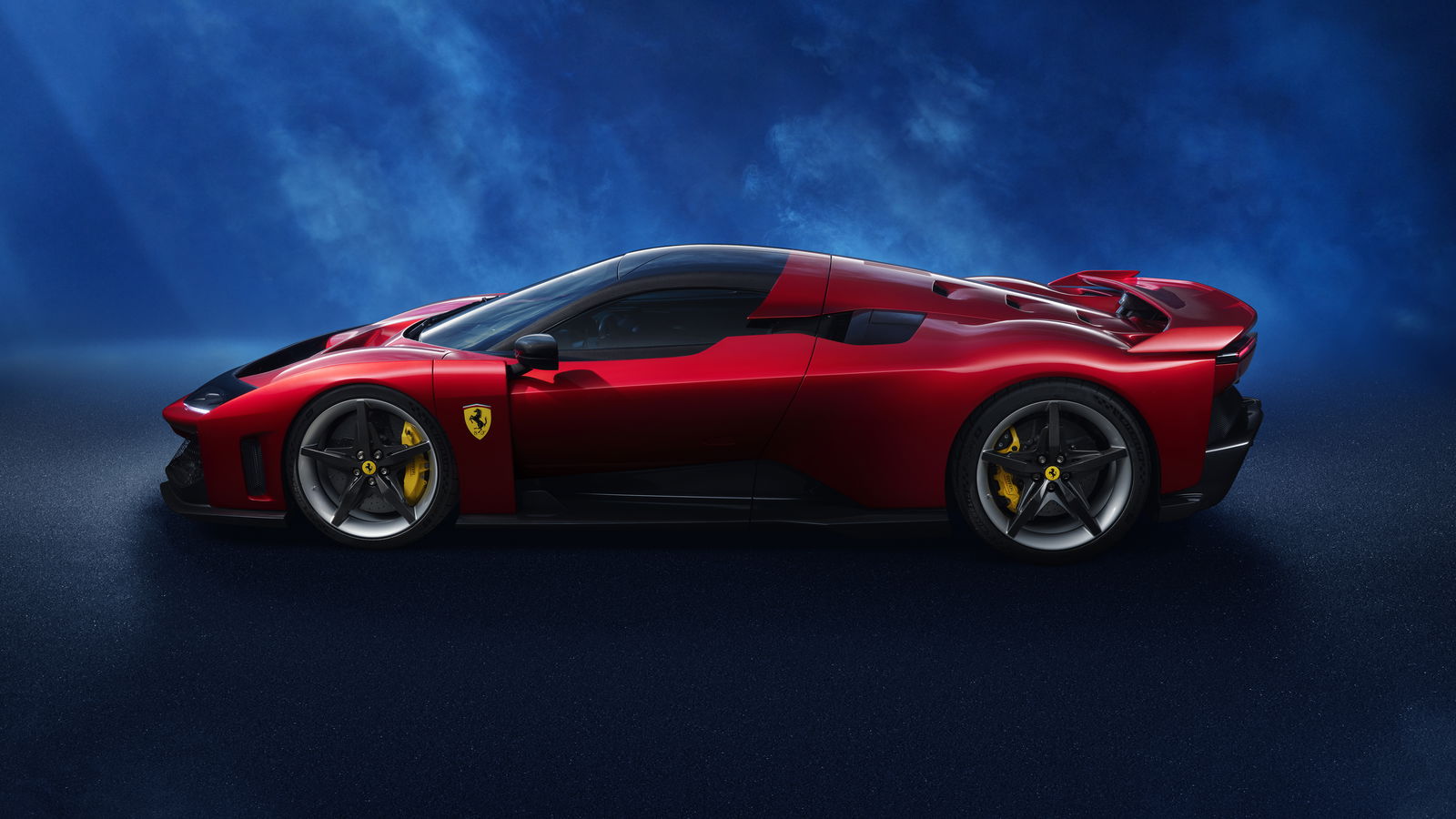
In terms of top speed, it’s a dead heat: both of these cars max out at a quoted 217mph.
It comes down to acceleration, then, and here, the Ferrari’s four-wheel drive advantage shows. Ferrari quotes a staggering 0-62mph time of 2.15 seconds, but for the sake of consistency, we’ll round that up to 2.2. That’s still a full half a second quicker than the W1’s quoted 2.7 seconds.
The Macca closes the gap on the 0-124mph sprint. Ferrari reckons on 5.75 seconds, which again we’ll round up to 5.8 – exactly the same as the McLaren.
Winner: Ferrari
Weight
 copy 2_1.jpg?width=1600)
Both the F80 and W1 are based around carbon tubs, which helps keep weight impressively low for cars filled with big, heavy batteries. Cheekily, both companies only quote a dry weight, and here, it’s McLaren’s obsession with weight saving – going as far as fitting 3mm thick carbon fibre sun visors – as well as its use of less electric stuff that gives it the advantage.
Free of pesky, unnecessary things like, erm, fuel and a driver, the McLaren weighs 1399kg, compared to the Ferrari’s 1525kg. What a unit.
Winner: McLaren
Downforce
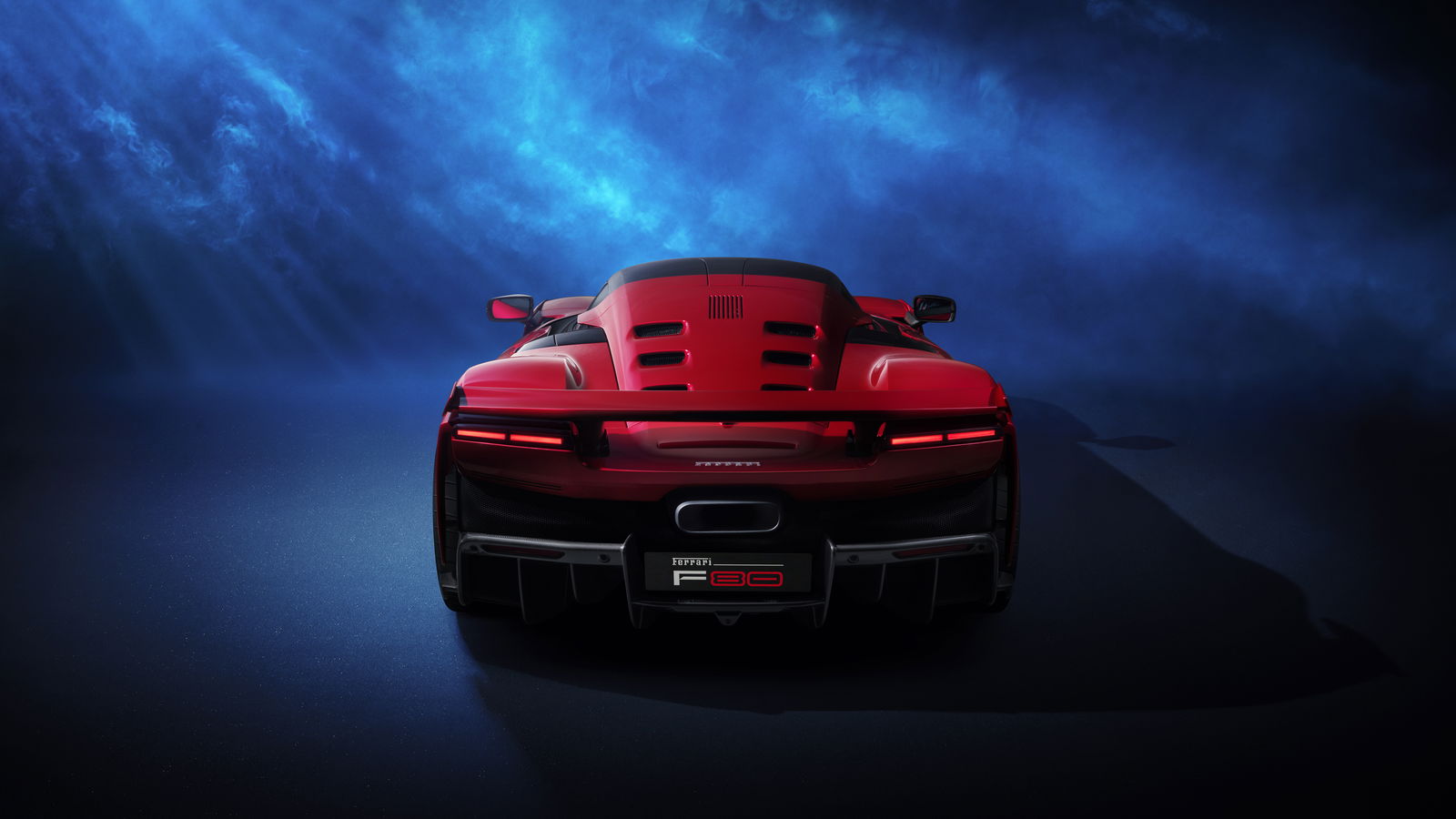
Aero performance is an ever-more important part of modern hypercars, and both of these cars go wild, particularly with the underbody stuff. The carbon tubs allow both cars to create as much room underneath as possible for the aero to do its thing. Both feature active bits at the rear too: the McLaren with its ‘Active Long Tail’ extending spoiler that also acts as an aid to the diffuser, and the Ferrari with its rear wing that can act as an airbrake or hunker down for top speed.
What it all boils down to is the peak downforce figure, which on the F80 is 1055kg at 155mph. McLaren, meanwhile, claims 1000kg during ‘high-speed cornering’. Annoyingly, we don’t know what constitutes ‘high-speed’, so for now, we'll have to take the numbers at face value.
Winner: Ferrari
Looks
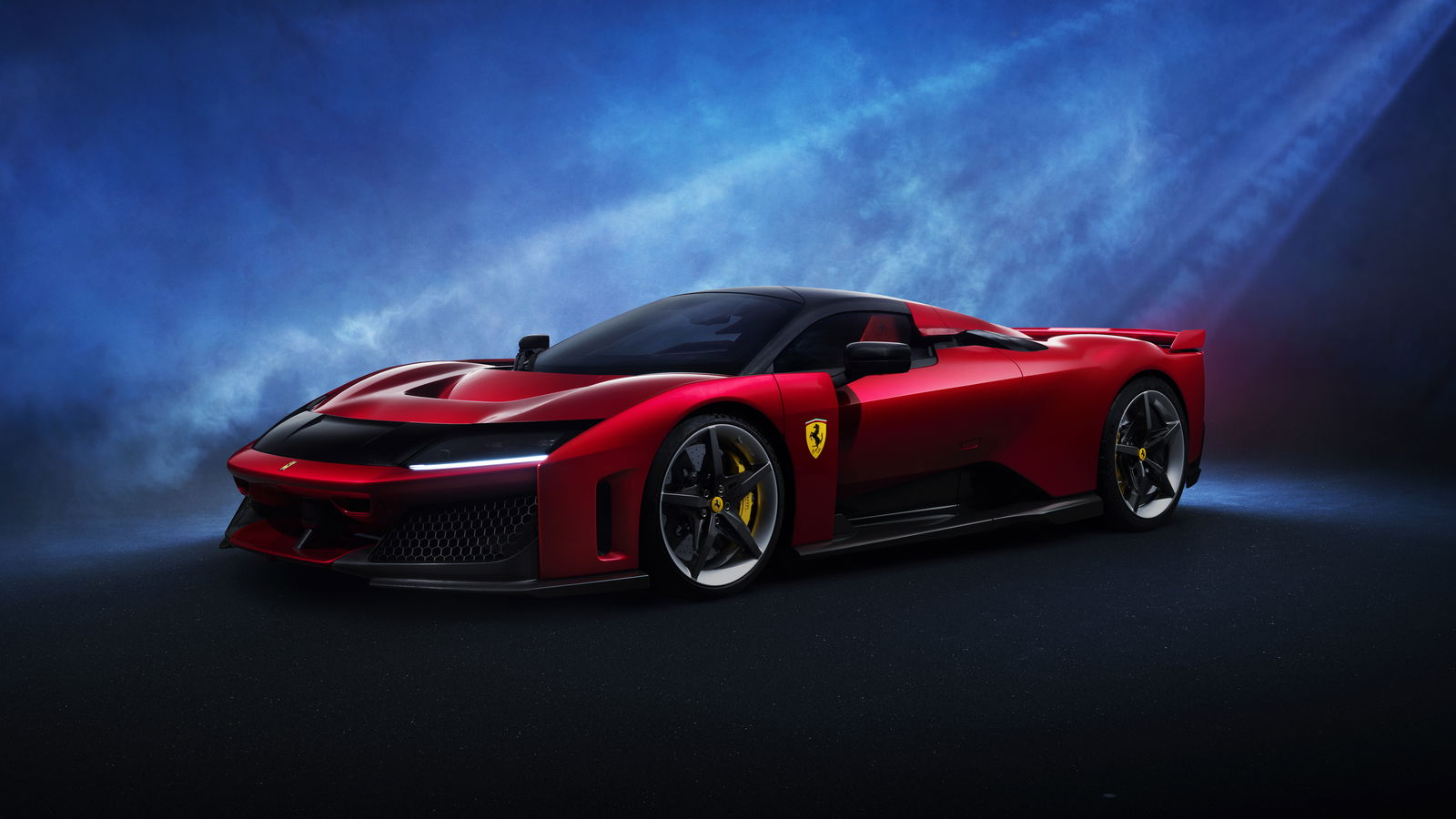
Okay, okay, this is totally subjective, so we won’t dwell on it. To our eyes, though, the Ferrari’s aggressive wedginess and retro touches, like the Daytona-inspired front ‘mask’ and slotted engine cover, appeal to us more than the… dare we say slightly generic McLaren?
Let’s be honest, neither are mingers and with this all boiling down to opinion, feel free to vehemently disagree in the social comments.
Winner: Ferrari… in our humble opinion
Exclusivity
 copy 5.jpg?width=1600)
Let’s be real: none of the above means jack to the average hypercar buyer. Both of these cars are going to spend the bulk of their lives on trickle chargers in climate-controlled storage units.
No, what matters to the people who buy these cars are bragging rights: how rare they are, and how much cash they had to drop. In terms of rarity, the McLaren takes it by almost exactly half – there’ll be 399 W1s and 799 F80s.
Never underestimate the power of the Ferrari badge, though: despite being more, ahem, common, the F80’s 799 buyers will have needed to shell out at least £3.1 million each, compared to the paltry £2 million-ish needed for a W1. Obviously, both of those numbers are before owners start to go wild with the personalisation options.
Winner: dead heat
Conclusion
In the six entirely arbitrary categories we’ve set out, it’s three wins for the Ferrari (albeit one in an utterly hollow, subjective way), two for the McLaren, and one draw. Honestly, though, none of this really matters.
What matters is how these cars make you feel – which one’s looks appeal more, which badge you have a deeper connection to, which one you’d be more excited to spot going 4mph in gridlocked traffic in Knightsbridge. Heck, maybe you’re slowly getting bored of the whole hypercar thing and currently browsing leggy Mk5 Golf GTIs on Auto Trader. Just us? Fair enough.
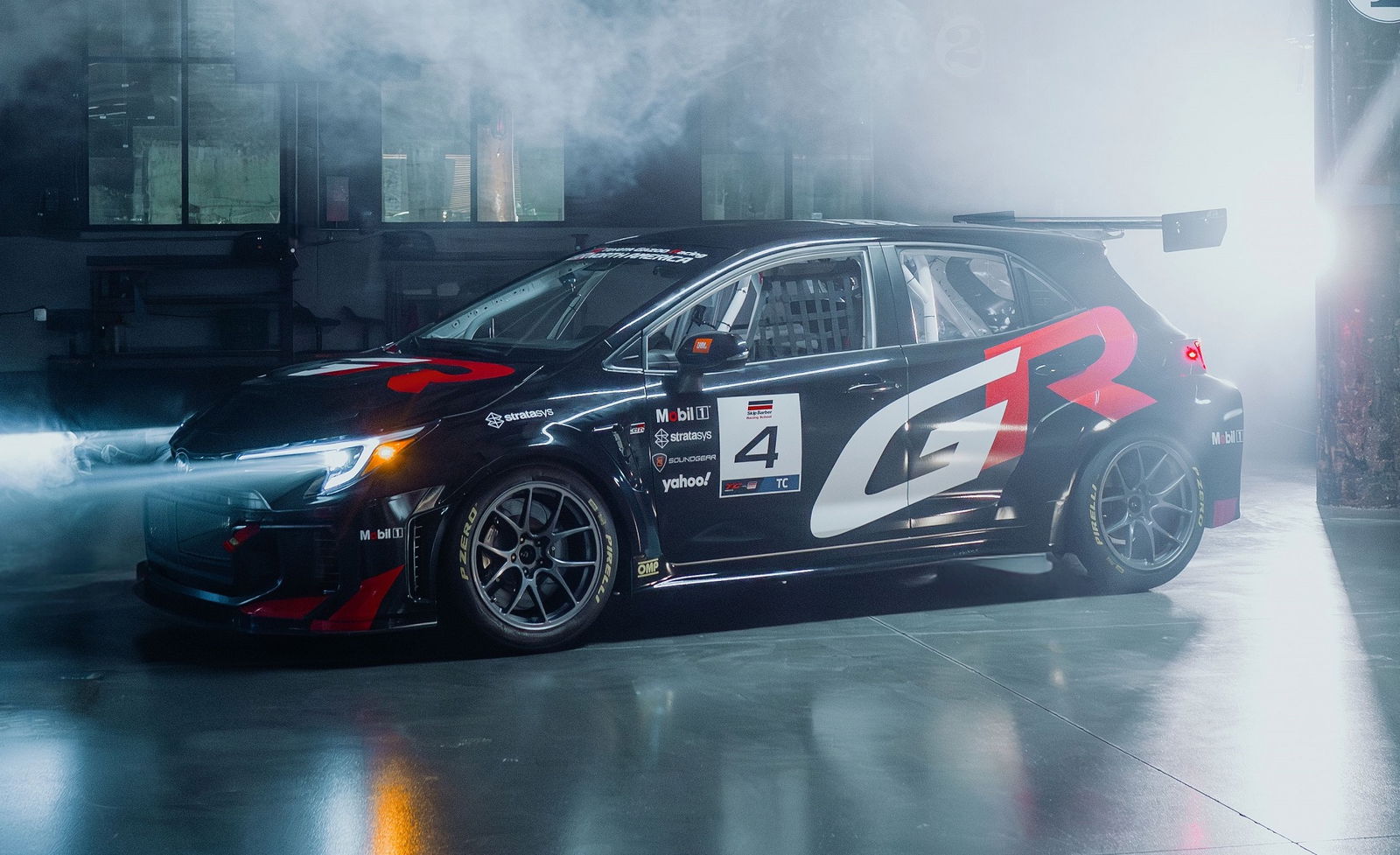
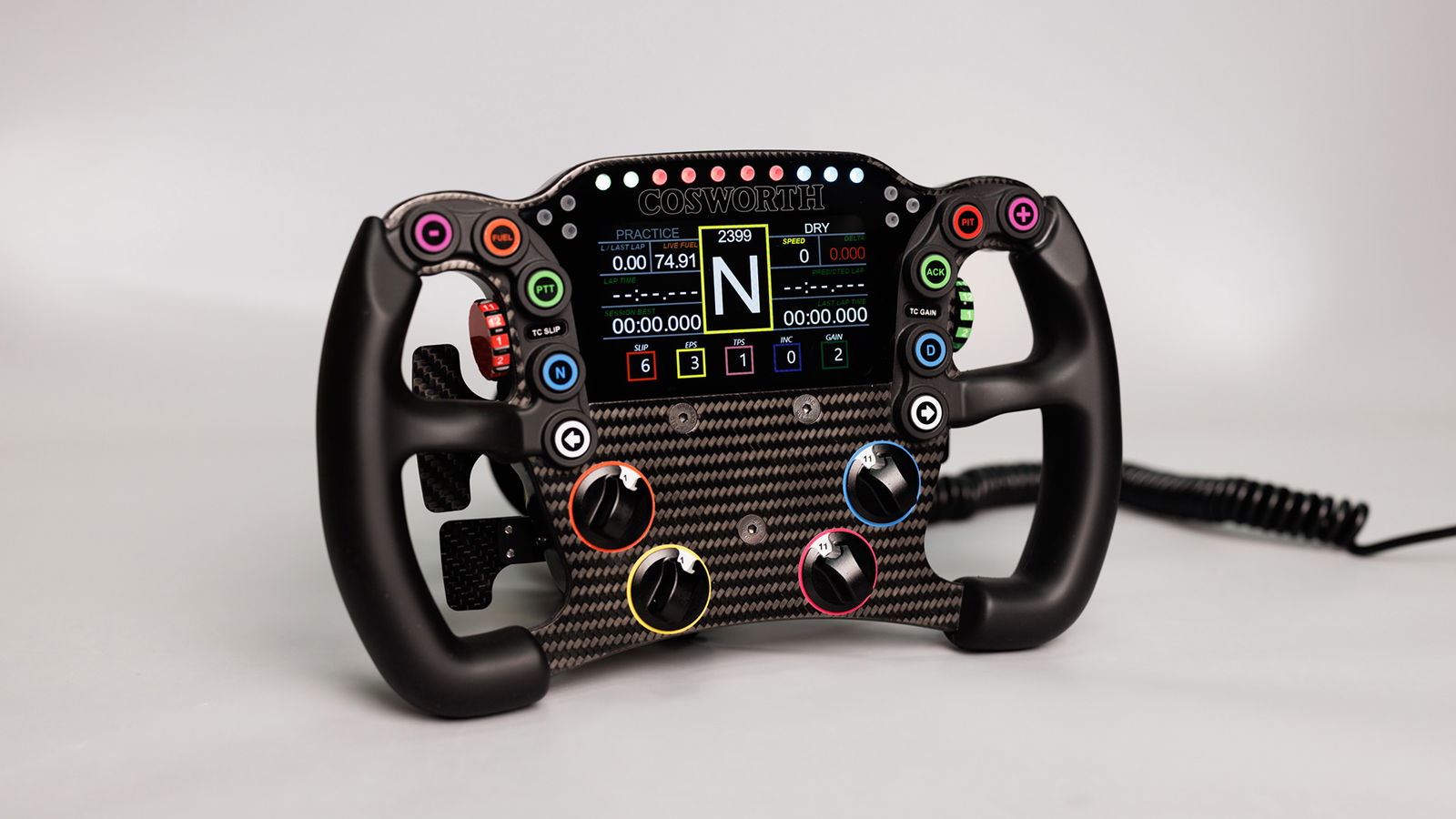

Comments